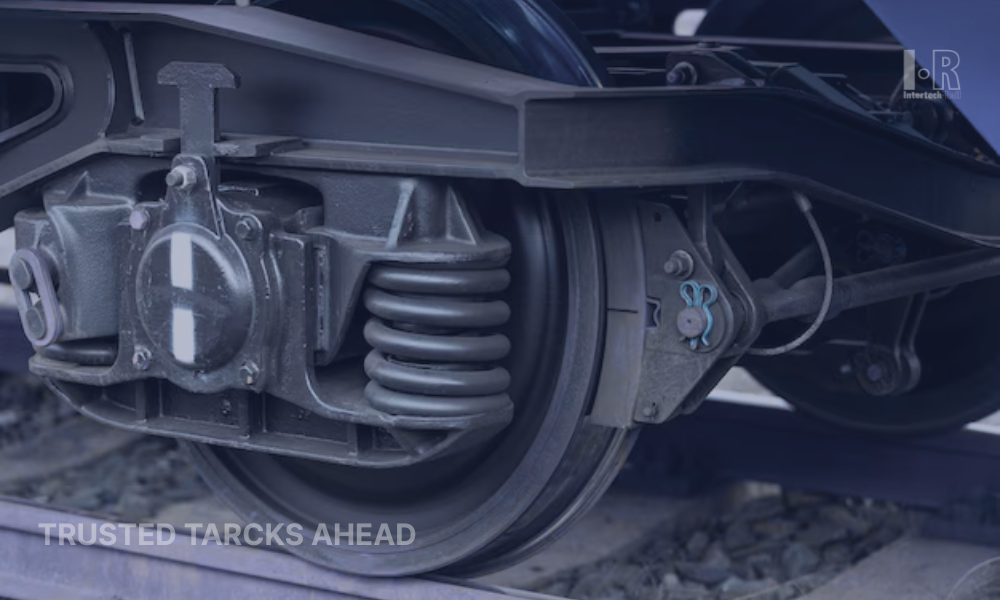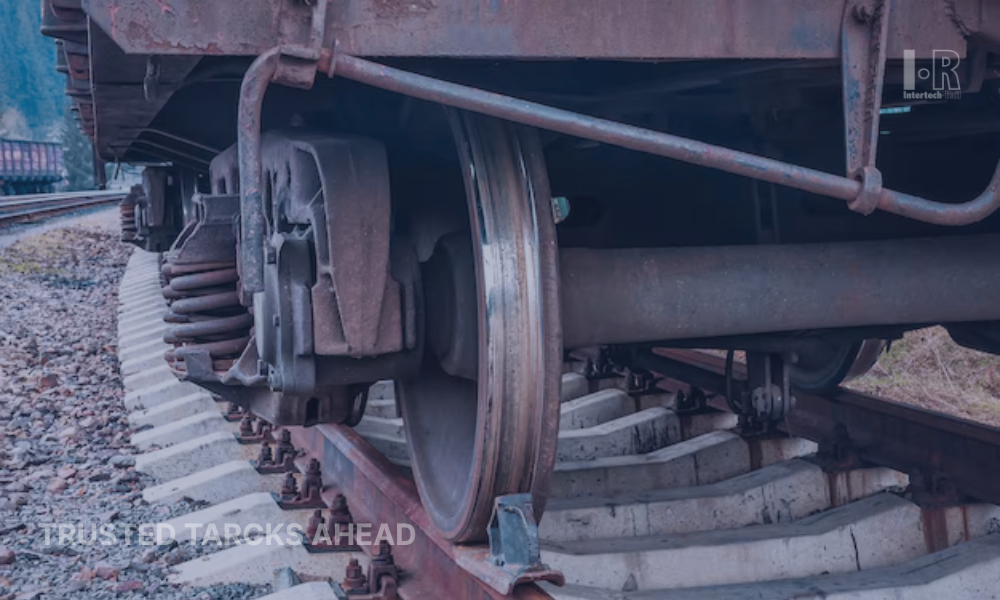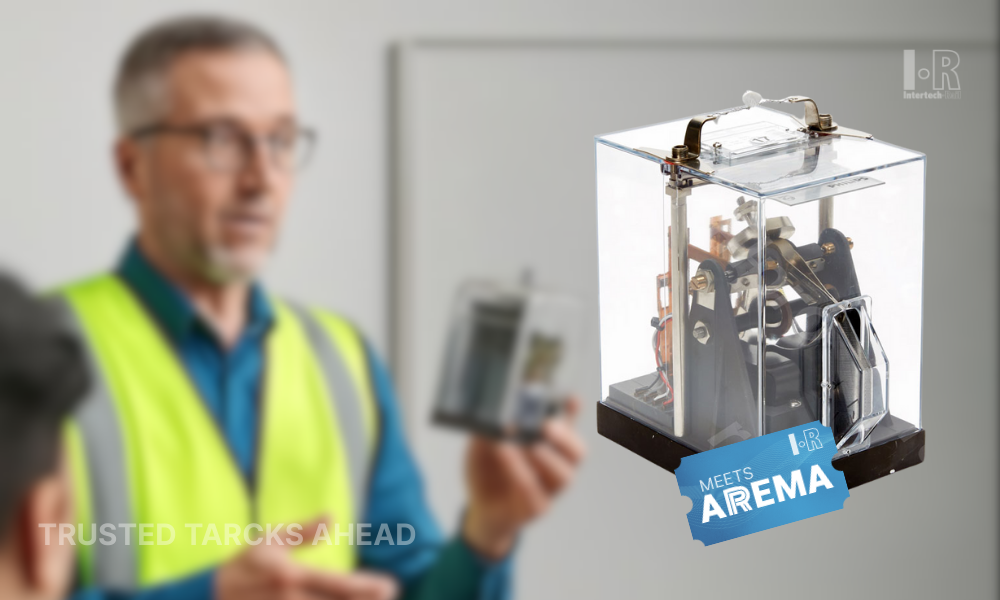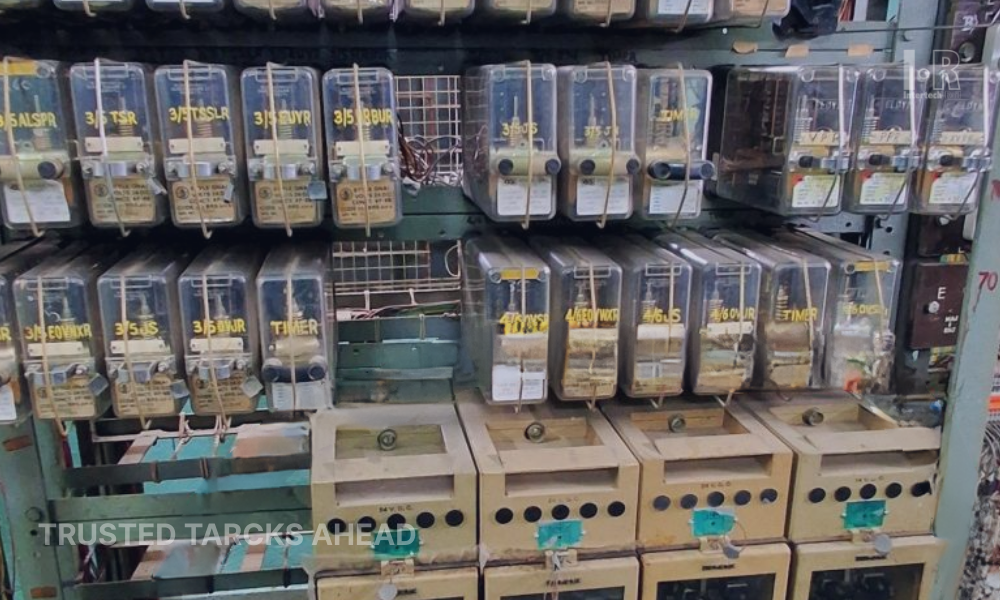Train Brake Systems
Train Brake Systems

Understanding Modern Railway Braking Technology
Any rail engineer will tell you that while speed is exciting, control is essential for survival. Railway operations revolve around a train's ability to stop safely, reliably, and consistently. Braking systems are therefore at the core of rail safety and engineering, despite the fact that they are frequently disregarded by outsiders.
Every deceleration event involves a complex balancing act between timing, physics, and pressure. The technology for railway brakes is still developing, silently but significantly, as trains get heavier, quicker, and longer. Let's dissect it.
How Braking Evolved Over Time
Back in the early days, train braking was almost improvised. Brakemen climbed on top of moving cars and manually turned wheels to apply friction. It worked—barely—but was slow, risky, and wildly inconsistent between cars. Trains would often stop unevenly or too late.
That changed with Westinghouse in 1869. His air brake system allowed the locomotive to apply brakes across the entire train using compressed air. It was more than just mechanical innovation—it brought predictability and coordination.
Years later, electronically controlled pneumatic (ECP) brakes took that a step further. Instead of waiting for air to move through the train pipe—which takes time—ECP uses digital signals to trigger each brake nearly simultaneously. In a 100-car train, that’s the difference between a smooth stop and damaged couplers.
The Braking Systems We Use Today
Pneumatic Brakes
Pneumatic brakes, which are still the norm for the majority of rail networks, depend on a steady supply of compressed air to function. Each car's control valves react by directing air from nearby reservoirs into the braking cylinders when the engineer lowers the pressure in the main pipe.
They’re simple, rugged, and reliable. The system doesn’t depend on electricity, which is a big plus in remote freight routes or emergency cases. But they’re not perfect. There’s a time delay as the air travels down the train. That delay means the first cars brake before the last, creating force differences that need to be carefully managed, especially on long freight.
Dynamic & Regenerative Braking
Electric locomotives and EMUs often use their motors in reverse to slow down. This turns kinetic energy into either:
- Heat (in dynamic braking, via resistor grids)
- Electricity (in regenerative braking, fed back into the power system or batteries)
This type of braking reduces wear on mechanical components and improves energy efficiency. It’s especially valuable on routes with lots of downhill sections or frequent stops, like commuter lines.
Freight vs. Passenger Needs
Freight Trains
These trains aren’t just long—they’re heavy, and that matters. A 120-car freight train loaded with ore can weigh over 20,000 tons. Coordinating brakes across that mass is no small task.
ECP brakes help by applying braking force simultaneously across all cars. Without that, the delay between the lead and rear brakes could cause uneven compression and stretching, leading to derailments or equipment failure.
Some systems also use distributed power—extra locomotives at the middle or end of the train, which provide additional traction and brake control. It’s all about balancing the forces.
High-Speed Trains
Now imagine the opposite scenario: a train going 300 km/h, with passengers on board. Here, it’s not just about stopping—it’s about how you stop.
These trains use multiple braking systems working together:
- Air disc brakes
- Regenerative braking
- Eddy current or magnetic rail brakes for high-speed deceleration
- Sanding systems to increase wheel-rail grip
Computers monitor wheel slip, adjust braking force in real time, and prevent overheating. Everything is tuned for both safety and passenger comfort.
What’s Inside a Brake System
Understanding how a brake system works helps explain why maintenance is so vital. The basics include:
- Compressor: Creates the air pressure needed for the system.
- Main and auxiliary reservoirs: Store that pressure locally.
- Brake pipe: The “highway” that distributes pressure throughout the train.
- Control valves: Decide when to send air to the brake cylinder.
- Brake cylinder: Converts pressure into mechanical force.
- Rigging and brake shoes/pads: Transfers that force the wheels or discs.
There’s also the fail-safe design: if the system loses pressure entirely (a broken hose, for example), the brakes automatically apply. That feature alone has prevented countless accidents. ECP systems go beyond that by using a digital wireline along the train. Instead of an air delay, brake commands arrive instantly, and feedback is sent back to the cab. It's fast, responsive, and more precise.
Why Maintenance Is Non-Negotiable
Even the most advanced braking system is only as good as its upkeep.
Railway brake maintenance includes:
- Inspecting valves, cylinders, and hoses for leaks
- Checking shoe/pad wear and replacing before limits are reached
- Verifying equal braking effort between cars
- Testing emergency brake functionality regularly
Modern railways also use sensors to log brake temperatures, response times, and air pressure levels. Predictive maintenance tools can alert crews before something fails, preventing downtime or worse—accidents. Ignoring brake issues isn’t just costly—it’s legally risky. Failures can lead to blocked lines, environmental damage, or safety violations.
Braking might not be flashy, but it’s where safety starts. Whether it’s a high-speed bullet train or a 200-car freight train, braking systems are the last line of defense when things go wrong—and the first thing that has to work right every single time.
From mechanical levers to software-integrated ECP systems, railway brake technology has come a long way. And with each new advance, the margin for error gets smaller, which is exactly how it should be.
Explore Intertech Rail’s advanced sensor technologies
and system integration
solutions that support safer, smarter, and more efficient braking across modern railway networks.

Share article

Railway Safety Training: Professional Development Programs for Fail-Safe Relay and Signaling Systems
Explore professional railway safety training programs focused on fail-safe relay and signaling systems, supporting competency, certification, and operational safety.



